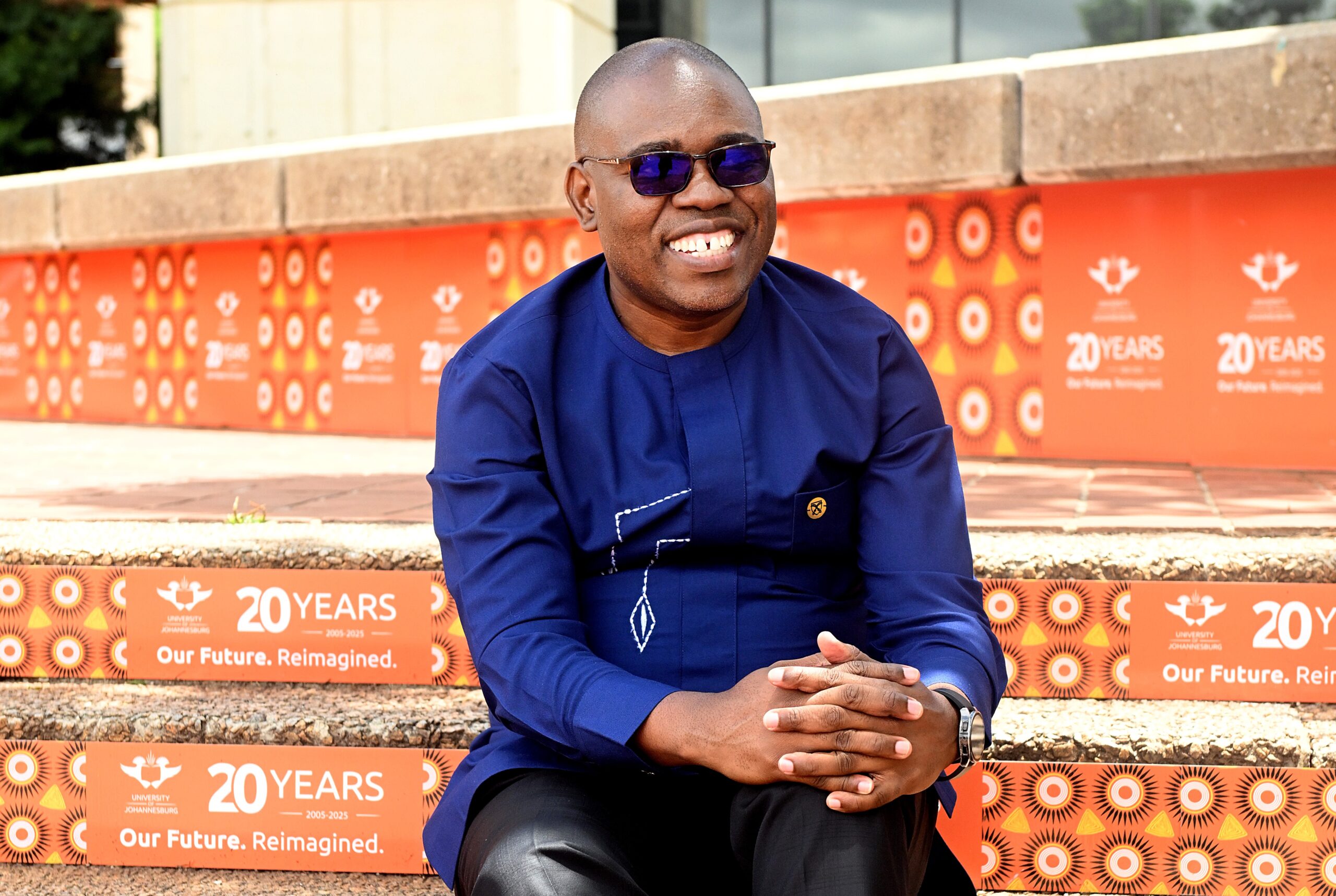Professor Adekeye Adebajo is Director of the Institute for Pan-African Thought and Conversation at the University of Johannesburg. He recently penned an opinion piece published in the Business Day (South Africa) 25 March 2019
The African Continental Free Trade Area (AfCFTA) was launched by the African Union (AU) in March 2018 under the chairmanship of Rwanda’s Paul Kagame, and endorsed at its recent summit. The accord – involving one billion people and a GDP of $2.2 trillion – focuses on the facilitation of trade; infrastructure; establishing a common market for goods, services, and investment; and ensuring the free movement of persons. Intra-African trade is currently a paltry 14%.
AfCFTA can be contrasted with the efforts of late Nigerian scholar-administrator, Adebayo Adedeji, Africa’s foremost prophet of regional integration who led the creation of regional blocs in West, Central, and Eastern Africa. Adedeji called, from the 1970s, for Africa to move away from orthodox prescriptions on the efficacy of international trade as an engine for economic growth, ideas on which AfCFTA is based. He opposed Africa continuing to export primary products while importing consumer goods.
Adedeji urged the continent instead to prioritise indigenous factor inputs, criticising its over-reliance on export earnings, as well as the lack of participation by Africa’s masses in the development process. For him, regional integration was a matter of national survival and socio-economic transformation. Adedeji’s 1980 Lagos Plan of Action identified seven strategic sectors: food and agriculture; industry; natural resources; human resources; transport and communications; trade and finance; and energy. The end goal would be an African Common Market – built around Africa’s sub-regional organisations as pillars – resulting in an African Economic Community by 2028.
Many challenges remain to implementing the Kagame-led continental free trade area. Outside of West Africa, the free movement of people remains a pipe-dream, as most governments are hostile to migration. There is also a lack of convergence of African economies, many of which are competitive exporters of raw materials rather than complementary exchangers of diverse goods. Road, rail, and port infrastructure across a continent with 16 land-locked countries remains poor. Rules of origin are often restrictive, while non-tariff barriers such as sanitary standards and certification are widespread.
The AfCFTA also appears to have ignored some of the historical reasons for the failure of past regional integration efforts on the continent. Adedeji had famously noted that it is politics rather than economics that will ultimately determine the success of regional integration efforts in Africa. The original East African Community disappeared in the 1970s – without even being given a decent burial – as a result of ideological differences and a feeling that Kenya was deriving more benefits than Uganda and Tanzania. Past AU efforts at raising levies from flights and hotel stays have also failed due to opposition from Africa’s small island states that are heavily dependent on tourism.
The fact that Africa’s largest economies – Nigeria and South Africa – accounting for a third of the continent’s economy, dragged their feet before agreeing to sign on to the African free trade area was troubling. Both local hegemons will be critical to driving any successful integration efforts in Africa. Plans for regional industrialisation and compensating poorer countries for losses from trade liberalisation will also have to be carefully worked out. The vision for the operationalisation of such plans have been lacking in the past, and South Africa – perhaps based on its experiences with the Southern African Customs Union – has reportedly opposed such compensation schemes. However, Tshwane’s business lobby – active across much of post-apartheid Africa – remains keen on AfCFTA. With its oil-dependent economy, Nigeria’s big business and trade union lobbies led opposition to the plan, fearing the “dumping” of foreign goods into their market.
There are contrasts between these two plans: while a strong-fisted autocrat, Kagame, has led a top-down free trade area; the visionary technocrat, Adedeji, sought to lead a people-centred African Economic Community which was, however, constrained by a lack of political leadership and the continuing weaknesses of Africa’s sub-regional bodies. Kagame’s AfCFTA also seems doomed to failure. This is a “big bang” approach to integration. Why would the same states that have consistently failed to pay their membership dues to regional bodies suddenly support an independent free trade secretariat? If integration has not worked at the national and sub-regional levels, would transferring all of these problems to the continental level really integrate Africa? There has, after all, to be something to integrate for integration to succeed.
• The views expressed in this article are that of the author/s and do not necessarily reflect that of the University of Johannesburg.




